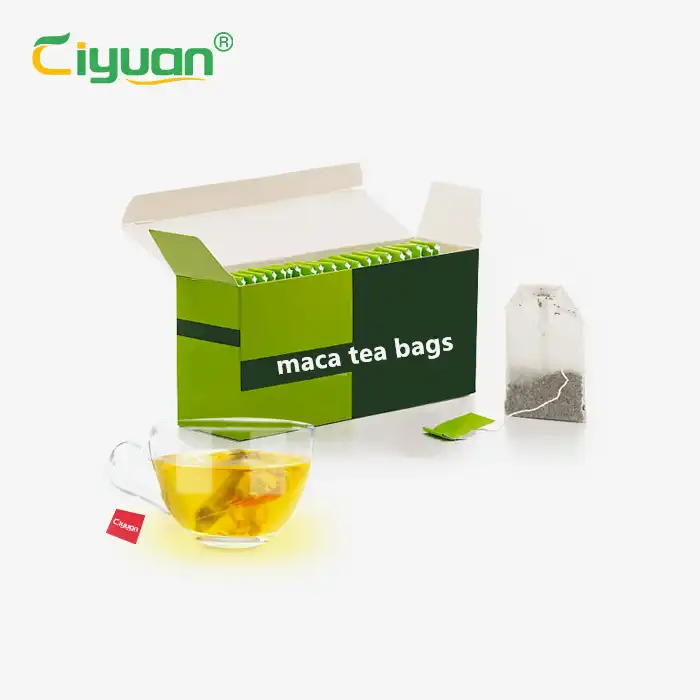What Are the Ingredients in White Willow?
 2025-09-16 16:52:22
2025-09-16 16:52:22
1. The most important type of active ingredient is Salicin.
Salicin is the best-known ingredient in the White Willow Capsules. It is a glycoside and a category of natural compound that transforms into the derivation salicylic acid by the human body when digested.
Effect: It is thought that salicin contributes significantly to the calming effects of white willow.
The traditional applications: Salicin which is rich barks of these plants were used by herbalists over centuries to help relieve pain especially around the joints and at the muscles as well as the overall tension of the body.
Modern significance: Salicin can be used in place of some synthetic products that are offered as wellness products and this is why white willow is one of the most favored natural substitute.
If you’re intrigued by Ciyuan Bio, Claim your free sample today! Need technical support for formulation or OEM/ODM solutions tailored to your brand? Reach out to us now or contact selina@ciybio.com.cn —we’re ready to collaborate.

White Willow Capsules
Product Name: White Willow Capsules
Item form:Capsules
Specifications: Customized
MOQ: 100 Bottles
Packing: 100bottles/carton or Customized
Certificate: ISO22000; HALAL; KOSHER; FDA
Shipping: Express;Sea; Air
Payment:TT;LC;West Union;Paypal;Alipay
Samples:1 bottle free sample for test
Shelf life: 24 Months in The Cool Dry Place
All of our products can be customized with raw materials and finished products such as capsules, tablets, pills, and small packaging according to your requirements! Ciyuan can also do free design,OEM packing, and private label. Our plant extract are crafted with your unique needs and are packed with the power of plants. 100% vegan, gluten- and lactose-free.
Reach out to us and Claim your free sample today!
2. Tannins: Natural Plant Compositions.
Tannins are polyphenolic compounds that are present in the white willow bark.
Function: Tannins make the bark somewhat bitter and have an antioxidant effect.
Benefits: They can be used to prevent oxidative stress in cells, assist in solidifying digestive balance and promote well-being in general.
Conventional applications: Conventional beliefs of usage have had tannin containing plants that were utilized to bolster stomach systems and purification of the body.
3. Flavonoids -Phytonutrients Antioxidants.
Another dominating group of ingredients in white willow is flavonoids. These are natural antioxidants that have the role of triggering the body to protect against the attack of free radicals.
Effect: Promote cellular health, blood flow and vitality.
White willow common flavonoids: Isoquercitrin and naringenin.
Role in wellness: It is common knowledge that Flavonoids promote a healthy aging process together with balance in the body.
4. Phenolic Glycosides
Besides salicin, white willow has other glycosides of phenolic and they are natural plant components that possess similar calming effects.
Examples Salicortin, tremulacin and populin.
Function: These chemicals are phytotractive towards the conventional use of white willow to offer comfort in muscles and joints.
Synergy: They complement the activity of salicin, and the bark becomes better than salicin.
5. Minerals and Trace Elements
The white willow bark contains and gives small quantities of essential minerals needed by the body in one way or another.
Calcium- helps to maintain strength of bone and cellular functionality.
Iron- helps in hydraulic processes of blood transporting oxygen.
Magnesium - has got a role in relaxation of the body muscles and in energy production.
Zinc- helps to maintain immunity and skin.
However, not found in huge amounts, these minerals contribute to the overall food value of white willow.
6. Polyphenols - Protection Meathy Plants.
The polyphenols are a general category of antioxidants found in plants, as well as white willow, bark.
Purpose: Assist in alleviating oxidative stress, cardiovascular health, and help safeguard cells.
Playing part in white willow: Polyphenols also interact with flavonoid and tannin to generate a robust antioxidant profile.
Wellness contribution: These substances assist in keeping the body alive and robust in general.
7. Essential Oils and Aromatic Compounds.
Essential oils and aromatic compounds are also present in white willow albeit in small concentrations as compared to other herbs.
Examples: Vanillin and other natural oils that provide the white willow with the unique smell.
Action: May provide some calming action and help with the relaxing properties of the bark.
Application in supplements: The compounds contribute to the comprehensive worthiness of white willow extracts.
8. Fiber Content
White willow is a natural plant material and thus has dietary fiber contained in the bark element.
Action: Assists in digester health, and aids in the gut to be balanced.
Role as a supplement: Fiber is not the primary factor that makes people consume white willow, however, it is a contribution to its nutrition value.
9. The Compounds acted in a synergistic manner.
Among the major points to be learned is that salicin is not the sole chemical that exerts its benefits in white willow, but rather that the combination of all its compounds is what helps the item. Salicin, tannin, flavonoid, phenolic glycosides, and polyphenols all combine to produce a synergistic action.
This is the reason why most herbalists would prescribe the whole bark extract rather than single salicin since one would get a more integrated wellness as compared when the individual takes the extract.
10. Opponite to Dyeing (2013) recommends purchasing and using white willow in the form of extract or an infusion for external use.<|human|>Willow Supplement 2 VAL.
As a supplement, white willow bark extract is usually in a standardized concentration containing a range of salicin which is usually 15 to 25 percent. Nevertheless, the other extracts- tannins, flavonoids and polyphenols also still exist hence there is further support.
The most widespread types of supplements are:
Capsules - accurately measured dosage, easy to take on a daily basis.
Tablets - like the pills (like capsules), and are mostly supplemented with other herbs.
Teas - practitioners choice, but this could be bitter because of tannins.
Liquid extracts - very intense in a short period of time.
11. Safety and Considerations
White willow though relatively tolerated, should be used in moderation.
Dosage: When using, it is always wise to obey any instructions to the product since concentration is likely to be different.
Allergies: White willow has to be avoided by people who are allergic to salicylates.
Interactions: You should consult a healthcare professional in case you are taking drugs.
Pregnancy and nursing Not advised without medical advice.
White willow may be safely used as a perfectly balanceds wellness practice, by following these recommendations.
Conclusion
The eyewillow inside whitewillow is a wonderful precious material with healthy elements. The abundance of salicin content and a broad spectrum of flavonoids as well as tannins, polyphenols and minerals in it, each ingredient contributes to the nature of tannin and polymorphs supporting and calming it.
These compounds, however, do not act in isolation, but form a synergistic effect, so the usage of white willow is not only one active ingredient but an entire herbal supplement that has a long-standing history of usage.
White willow will always continue to be a reliable and age old choice of those who prefer to address the issue of benefiting comfort, balance and just general well being in a natural way.


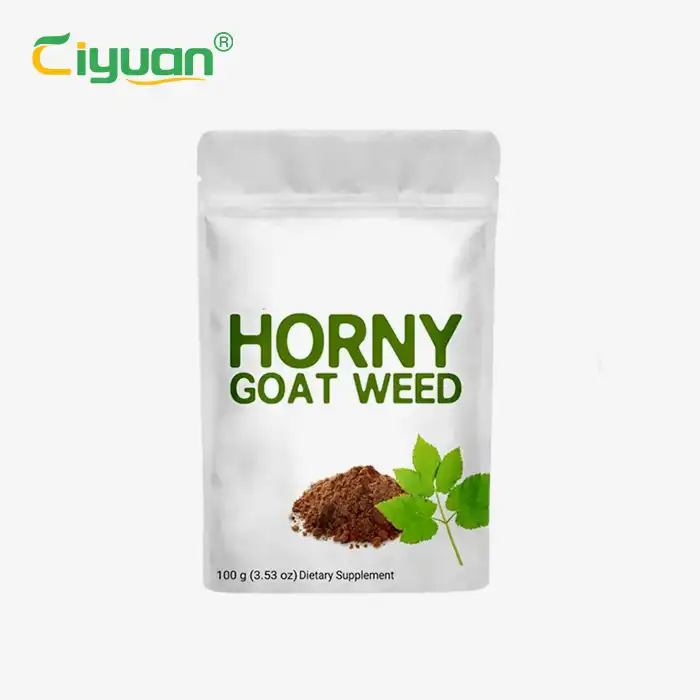
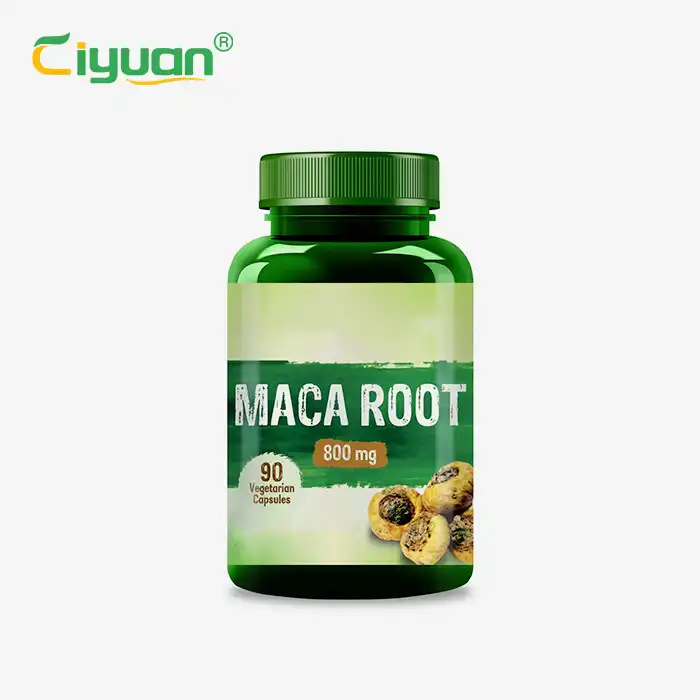
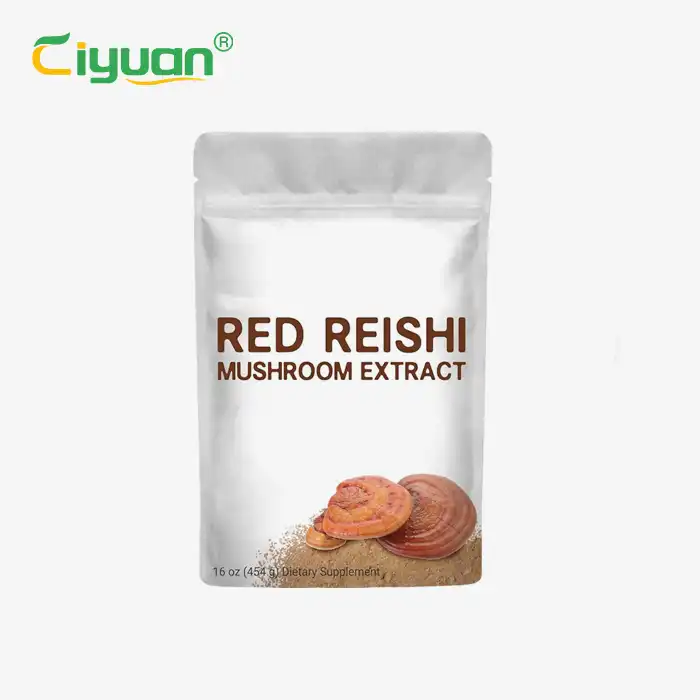





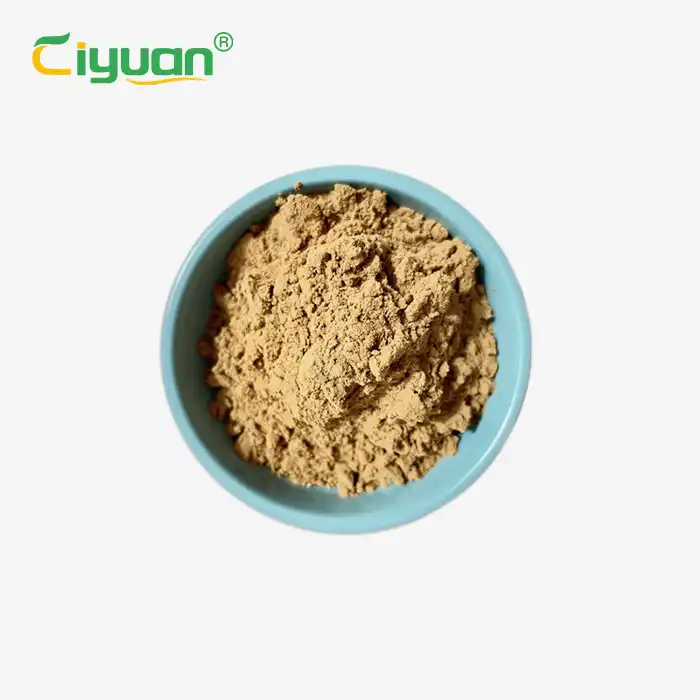
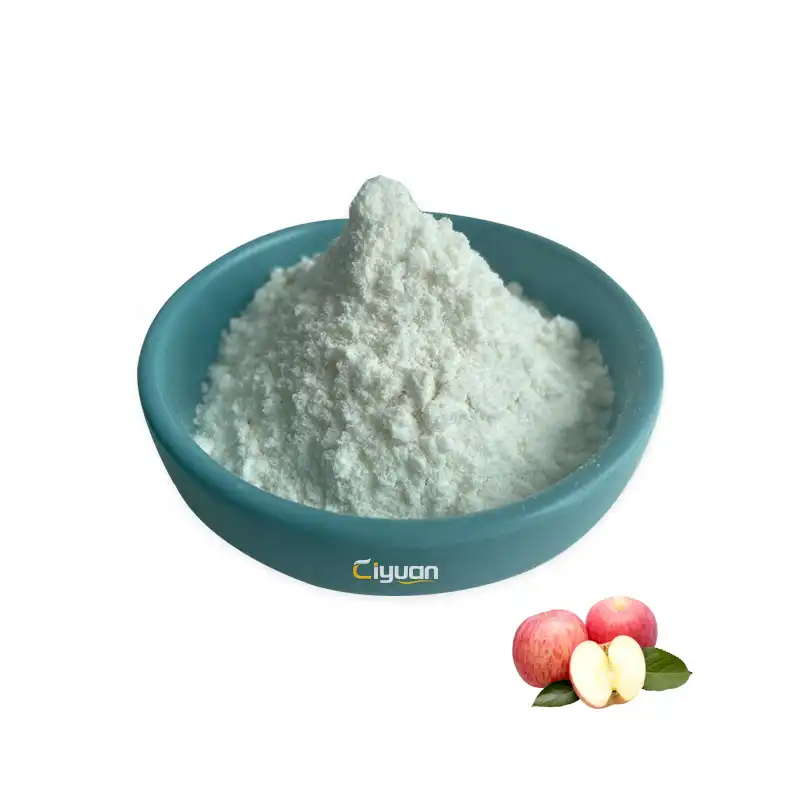
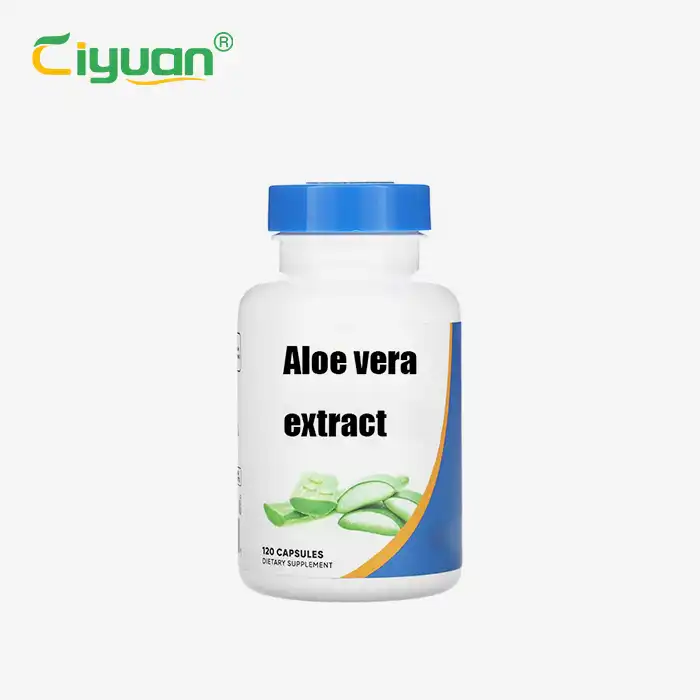
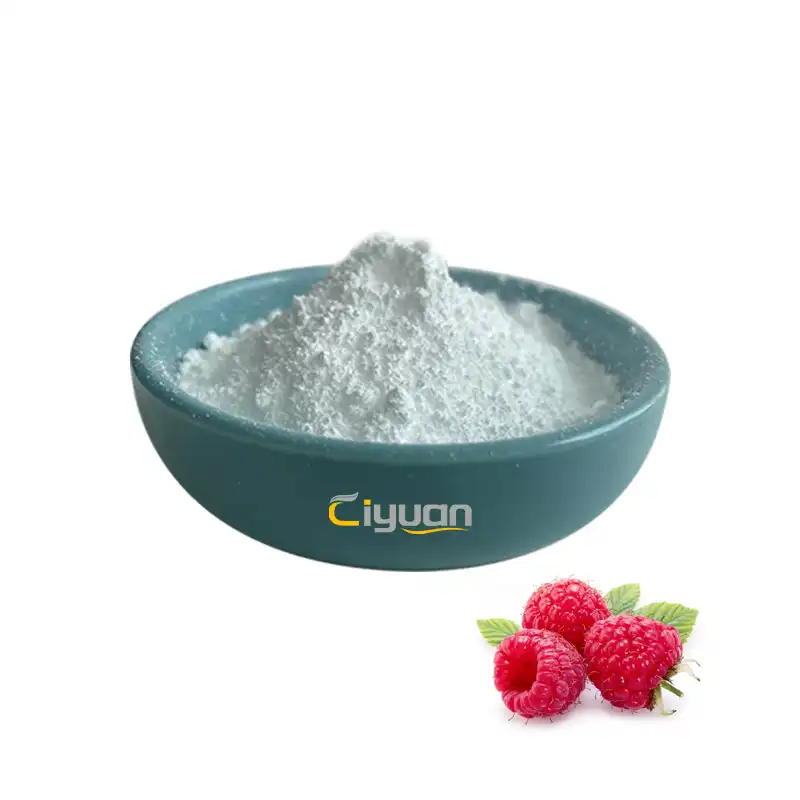
_1755067650578.webp)
_1755586709901.webp)
_1755679652237.webp)
